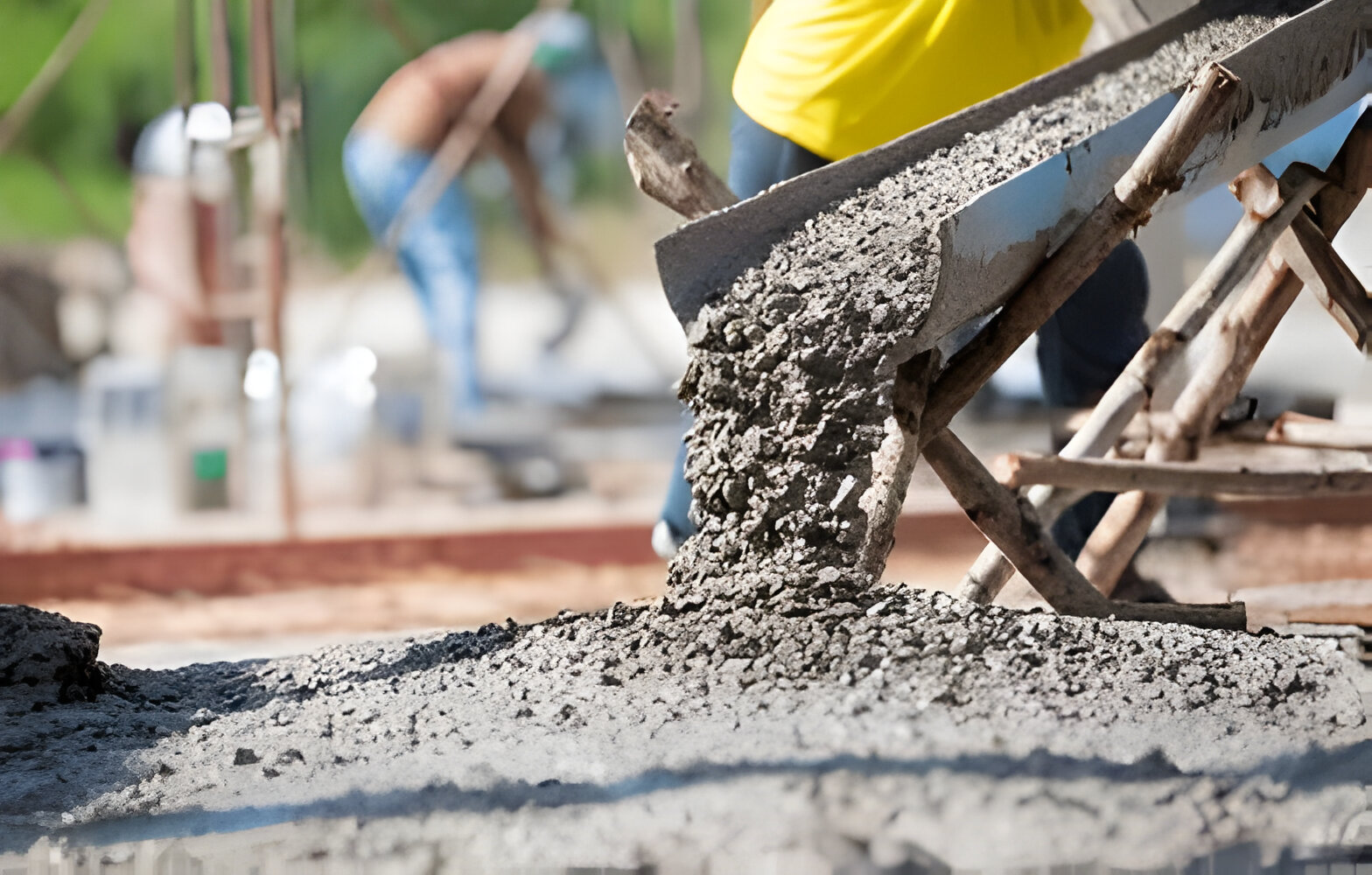Designing and building a concrete foundation is a task of precision and expertise, and one of the most significant factors influencing this process is the local climate. From temperature swings to moisture levels, a region's climate can dramatically shape the requirements and best practices for laying a solid and enduring foundation. In this comprehensive examination of how climate affects concrete foundation design, contractors and homeowners alike will gain insights into crafting foundations that stand the test of time and the elements.
Understanding Climate Variables
Before diving into how climate affects foundation design, it's crucial to understand the variables at play. Climate isn't just about the temperature; it encompasses precipitation patterns, frost lines, soil type, and even the occurrence of natural disasters such as floods or earthquakes. These elements collectively inform how a foundation should be designed.
Temperature Extremes and Foundation Materials
In areas where temperatures range from freezing to extreme heat, concrete foundations, including concrete footings, face the threat of cracking due to thermal expansion and contraction. The design phase must consider the material mix and additives that can help the concrete withstand these changes without degrading. For instance, air entrainment is used to introduce microscopic air bubbles into the concrete, providing space for water to expand when it freezes.
Frost Heave and Depth Considerations
Frost heave occurs when the ground water freezes and expands, potentially lifting and cracking the foundation. To combat this, foundations in colder climates must extend below the frost line, the depth to which the ground freezes. The deeper the frost line, the further down the foundation must go, sometimes requiring additional insulation to deter heat loss from the building above.
Dealing with High Moisture and Proper Drainage
Wet climates or areas with high water tables necessitate robust drainage solutions to protect foundation integrity. Sloped grading, French drains, and sump pumps can be part of a strategy to keep water away from the foundation. Additionally, waterproofing measures for the concrete itself, such as membranes or sealants, are critical barriers against moisture.
Earthquake Influence on Foundation Design
In seismically active regions, foundations must be flexible enough to absorb and dissipate the energy from earthquakes. This could include special reinforcements, the use of shock-absorbing materials, or even base isolation techniques that allow the foundation to move independently of the ground shaking.
Soil Composition and Load-Bearing Strategies
Climate dictates the soil type, which in turn, affects how a foundation should support a structure. Sandy soils, clay, and silt all react differently to moisture and have varying load-bearing capacities. Foundation contractors must design the footing and slab to adapt to these soil conditions. This could involve wider footings, deeper piers, or specific types of concrete mixtures to ensure stability.
Climate-Responsive Foundation Finishes and Coatings
Lastly, the surface finishes and coatings applied to a foundation are not purely cosmetic; they play a functional role in climate adaptation as well. Thermal coatings can help manage the transfer of heat, protecting the concrete from temperature extremes. Sealants and anti-corrosive finishes prevent damage from humidity and salt spray, common in coastal areas.
Closing Thoughts on Adaptive Foundation Design
Concrete foundation contractors are tasked with recognizing and adapting to the wide array of climate-driven challenges. By understanding the local environmental conditions and anticipating how they interact with concrete as a material, they can create tailored solutions for sustainable and resilient foundations. As climate patterns continue to shift, this adaptive approach in foundation design will become increasingly important, ensuring structures not only stand up to the elements today but are built to endure whatever the future may hold.
Conclusion
In summary, the careful consideration of climate in concrete foundation design is an intricate dance between the forces of nature and the capabilities of modern engineering. A foundation that respects and responds to these forces is the cornerstone of any lasting edifice. As we forge ahead as industry leaders, let us carry with us the knowledge that our respect for the climate not only safeguards our structures but also attests to the reverence and responsibility we hold towards the environment and the communities we serve.